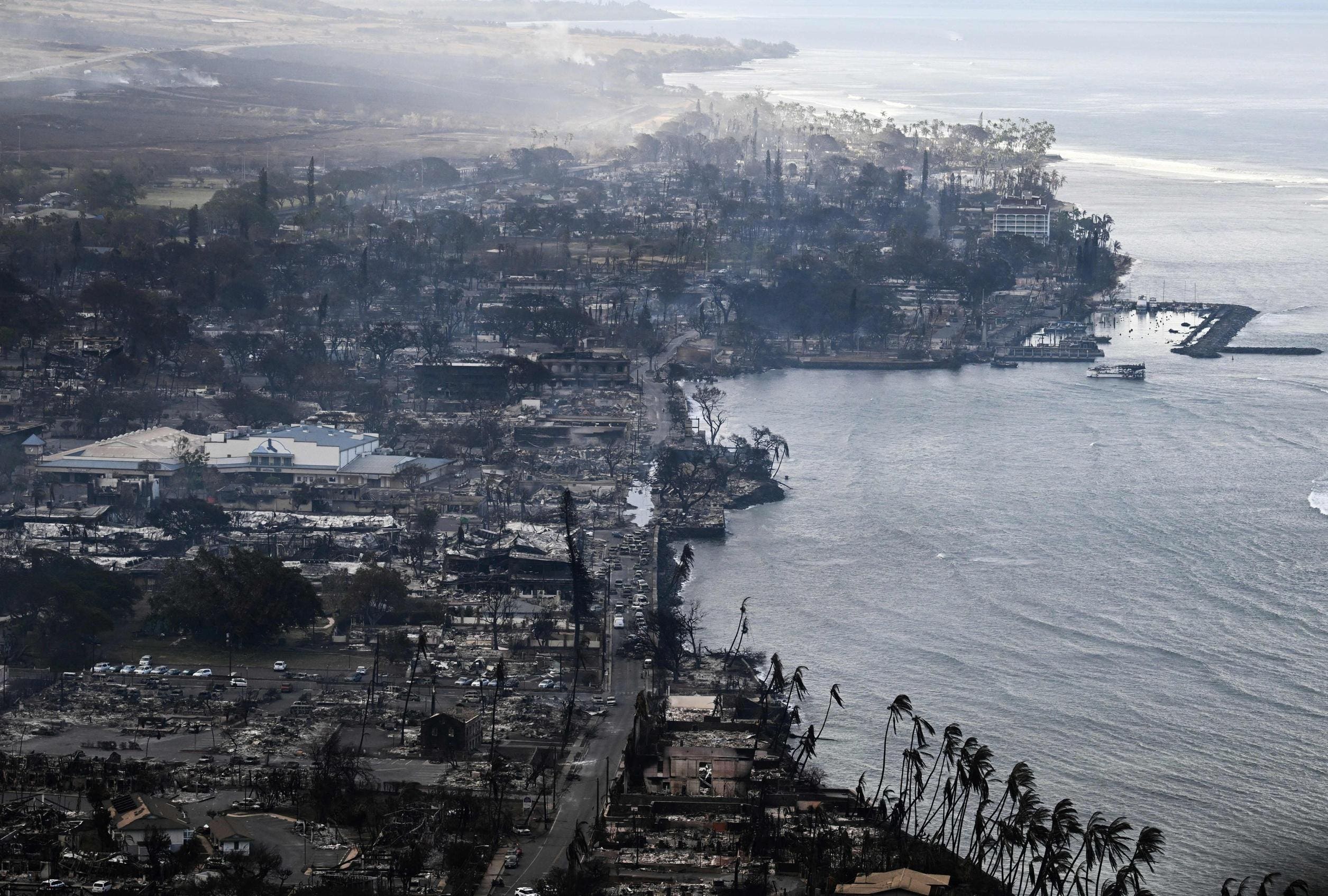Conspiracy Theories Are Circling Maui. Here’s What Would Help Squash Them

In the three weeks since a wildfire destroyed the town of Lahaina, several conspiracy theories have begun to make the rounds on Maui.
There’s one about a big laser beam, and another about the fire being intentionally started.
Media outlets have swarmed the theories, calling on social media companies to do more to stop the spread. And sure, they probably should, to some degree. But are they forgetting a big piece of the puzzle?
Let me just begin by saying, to me, the mass effect of conspiracy theories is much overstated, and I believe they are written about by the media preciously because they are fringe/extreme and will garner clicks and shares. I also believe a large percentage of people who share conspiracy theories across social media are doing so for the fun of it, not because they truly believe it. Indeed, a good conspiracy theory can spark some fun at your local happy hour if everyone agrees the discussion is a means of play and a “Wouldn’t it be crazy if…” kind of conversation.
So, the premise that a couple conspiracy theories online will translate into any real world influence is, at best, fringe, just like the viewpoint.
But, you know what would really help keep conspiracy theories down and out? How about any minuscule of hope that the people will get some real answers about what happened – about what killed their friends and family – without a years-long court conflict.
It’s been three weeks, and public officials still have not been able to determine the absolute cause of the fire, and more precisely, why attempts to extinguish it before it got out of control were unsuccessful.
Maui’s government has filed a lawsuit against the island’s energy utility company, Hawaiian Electric, claiming that downed power lines sparked the initial flames and that poor management thereafter led to the unabated spread.
Of course, Hawaiian Electric has refuted that claim, offering its own version of what transpired. Apparently, the company plans to fight it out in court over the next couple of years, if it doesn’t go bankrupt first as a result of the myriad public and private lawsuits.
And then, just yesterday, Maui’s mayor made some eye-popping admissions about the serious communication breakdowns that occurred that day, and refused to disclose where he was during the fire.
“I don’t have that,” he told reporters. “I don’t have that for you.”
When the head of Hawaii’s Emergency Management Agency, Kenneth Hara, was pressed on his agency’s response, he had this to say:
“[The] fire was so rapid and by the time everyone had situational awareness it was too late,” he said. “Unfortunately. That’s all I’m going to say.”
It doesn’t escape me that members of the local government and utility companies are also members of the Maui community. I acknowledge that their situations aren’t easy, and that they are also probably in some state of shock and despair.
But, really? That’s all you’re going to say? The people deserve better than that. They need a clear understanding of what happened. Not diversions and stonewalls.
Perhaps people would be less likely to share conspiracy theories if the response and explanation coming from officials was clear, consistent, and confident. Murky answers, disputed testimonies, and visible disorganization are what allow conspiracy theories to thrive.
So far, the media has done its job of asking the tough questions. Let’s keep that up. But instead of getting distracted and pointing fingers at social media, remember that getting answers to those tough questions will go a long way at putting conspiracy theories to bed.


